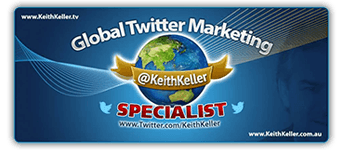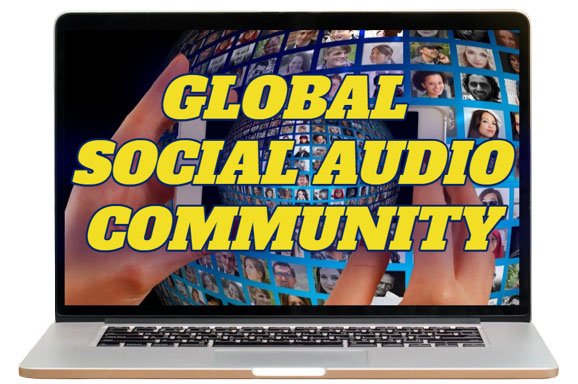PERSONAL BRANDING & ONLINE SUCCESS
10 Time Tested Tips To Try From Megha Hamal 
Gone are the days when the only important brands were Coca Cola, Nike, and McDonalds. Now we live in the time of Google, Yelp, and Instagram, where we have access to brands instantaneously and can research them thoroughly before trying them out.
While these tools have made access to brands easier, they have also led to a constant reviewing, if not monitoring, of them.
According to a 2017 consumer survey conducted by Bright Local, an agency providing search services to a range of local businesses in and around London, 97% of consumers read online reviews before visiting a business.
Today we live in an era where brands can no longer exist in a vacuum, unaware of their online footprint.
Therefore, building an influential brand that raises equity requires effective planning and innovative strategies.
Without these two things, brands become paralyzed and do not sustain.
This is where branding comes into play.
Branding is the foundation of your brand.
Whether a personal or company brand, an effective brand strategy gives you a competitive edge while reaching your target consumers.
Does that mean your brand can be more than one thing?
The answer is no!!
Your brand is your exclusive promise to your customers, so ask yourself: what is my unique value proposition?
What is my brand’s niche?
Defining your brand can be a complex process.
Doing your research and understanding your market is key, but research is only effective if you have strategies that are innovative and consistent with your brand image and message. Everything needs to be working in synergy.
One loose branding component can potentially threaten your brand existence.
Defining your brand is a journey.
It takes time to cultivate a thorough understanding of your market, its audience, its challenges, and its needs.
However, with good time-tested branding tips, it can make the process smoother and easier.
Here are some tips that I recommend:
(1) Know your audience.
You can’t be everything to everyone.
This ties back to one’s rigorous understanding of what their brand represents.
(2) Get a logo and promote it consistently.
Your target consumers should be able to identify your brand by simply seeing your logo.
During the beginning stage, place your logo everywhere.
(3) Define your message and stick to it.
Define your unique value proposition and use it in all communication mediums.
(4) Create a voice that matters.
This is one of those areas that sometimes isn’t given due attention.
Your brand voice is your tone and content.
Therefore, keeping it consistent across all platforms, including social media, is paramount.
If you’re not careful with your brand voice, you will get a random assortment of tones in your message across your communication platforms.
When selecting the brand voice, ask these simple questions:
What is your brand promise or purpose?
What is your brand personality?
What does your brand embody?
What are your brand traits?
What are some of the words that come to your mind when you think of your brand?
(5) Create a brand statement/tagline/brandline.
Go beyond the standard clichés and create a brandline that is memorable, simple, and embodies your brand’s essence.
“Just Do It” and “What’s in Your Wallet?” are some of the legendary taglines that truly define brand essence and happen to be a couple of my favorites.
(6) Be authentic and stay true to your brand promise.
In the ecosystem of brands, being authentic and delivering on your brand promise will help your brand stand out and maintain its longevity.
In order to connect with your audience for the long-haul, you must maintain authenticity on how your brand operates and stand up for what you believe is important.
(7) Remember your roots.
As brands evolve, they often diverge from their origins, losing touch with the reasons why they existed in the first place.
Staying true to your roots and remembering your brand’s history will prevent it from drifting and losing focus.
(8) Build loyalty.
As simple as it sounds, building loyal brand ambassadors will only add brand credibility.
Do not shy away from letting your customers tell your brand story.
Research suggests that only 53% of consumers prefer content that comes directly from brands.
This suggests that the brand story coming from your loyal customers can be equally powerful, if not more.
(9) Remain flexible.
In our fast-changing world, brands must remain flexible and evolve with the changing times and trends.
However, do not confuse flexibility with consistency.
These are two separate things.
Consistency is your brand standard while flexibility is ways brands can adjust their positioning and platforms to get the message out, enabling them to keep things fresh and reach a larger demographic.
(10) Be aware of your competition.
Being aware of what your competitors are doing will help you understand the challenges and trends affecting your brand and its marketplace.
Staying in tune with what is and what isn’t working for your competitors can give you an advantage.
That said, avoid bashing competitors to get ahead of the game.
People who bash their competition run the risk of hurting their own brand.
MEET MEGHA HAMAL

Megha Hamal is the founder and CEO of Megha Hamal (MH) PR & Branding, a Chicago-based boutique firm that works in a wide range of categories including lifestyle, restaurants, healthcare, technology and everything in between.
Megha’s work in media relations and public relations have led to media placements in national and international print/online publications, such as, Fox News, Huffington Post, Philly.com, Chicago Tribune, Yahoo Finance, Chicago Sun-Times, South Florida Caribbean News, WVON 1690AM, and consumer trade publications.
With more than ten years of cross-sector experience in the field of public relations and branding, Megha understands the importance of authentic storytelling as a tool to reach customers in today’s competitive environment. 
“PERSONAL BRANDING 101”
10 Time Tested Tips
For Success!! @MeghaH82 https://t.co/XCVzXRj9CO
((Latest Guest Blog Post)) #PersonalBranding #Success pic.twitter.com/hFwUnaZ8xq— Keith Keller ???? (@KeithKeller) July 26, 2018























